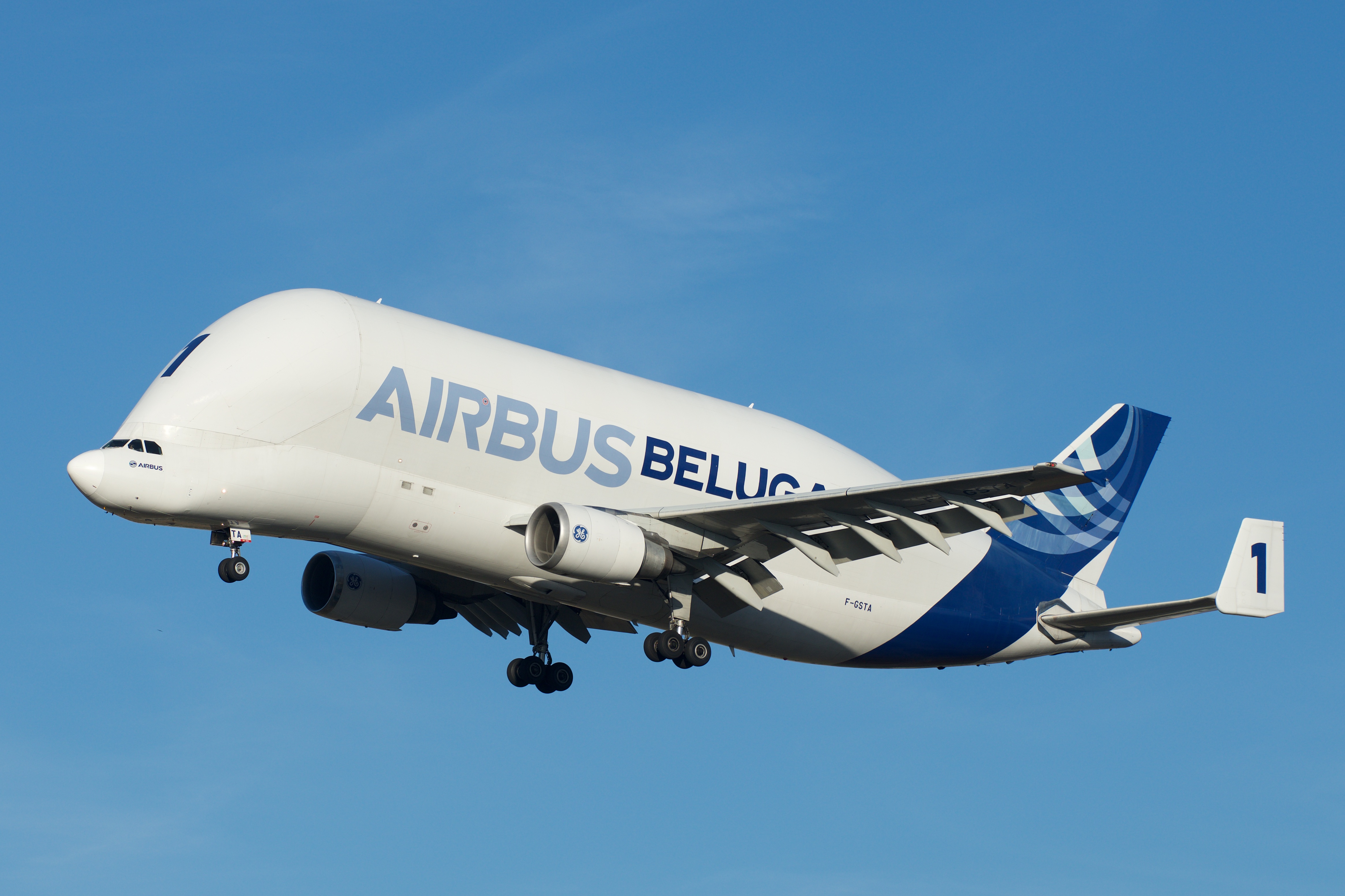"This is the first solid step to verify what is possible" to do in this area, said Mark Cousin of the Airbus prototyping team. In his estimation, fuel economy using hybrid technology will be expressed in double digits.
Increasingly more companies are exploring the potential of hybrid technology in aviation. So, Boeing acquired a stake in the Zunum start-up, which wants to create a fully electric passenger plane for 10-12 seats and lift it into the air by 2022. By 2030, the company is planning to increase the vehicle’s capacity to 50-100 passengers. Another investor of Zunum is budget carrier JetBlue.
According to estimates of Roland Berger consulting company, now around 70 programs for creating aircraft with an electric motor are being realized in the world. About half of them are engaged in start-ups. In a recent study, Roland Berger divided these programs into four types: general and recreational aircraft; urban air taxi; regional and business aircraft; large commercial liners.
Vehicles with a hybrid engine are already widespread, but the use of this technology in aviation was hampered by excessive weight and insufficient battery power. However, vice-president of Siemens Frank Anton believes that this obstacle can be overcome in the near future, because the technology of battery production is developing rapidly. "We need to get 10 times more power from a battery of the same mass. This is our homework. And we think that we will cope with this, "- said Anton, quoted by Financial Times.
Airlines also have to work actively with electric motors, among other things, because of the increasingly stringent regulatory requirements. The aviation sector accounts for 2% of the world's anthropogenic emissions of carbon dioxide. It is expected that by 2050 this figure will triple due to the increase in air transportation.
Electric motors will allow aircraft to reduce both noise levels and emissions to the atmosphere. According to Rolls-Royce Technology Director Paul Stein, more clean and quiet hybrid airliners will allow airports to be located closer to cities. "There is a potential for replacing railway transport with air vehicles and the emergence of air communication between any two cities," he said.
Roland Berger reviewed several scenarios for the development of the aviation sector. One of them is a fairly rapid, albeit evolutionary, development of aircraft with electric motors, in which Airbus and Boeing, by 2025, launch "more electric platforms" for the production of aircraft. In this case, the total capacity of electric turbines installed on aircraft will grow by about 8% per year in the period to 2030. And the number of produced aircraft with hybrid and electric motors will approach the production of conventional vessels.
The partnership of Airbus, Siemens and Rolls-Royce expects to receive financial support for the project from the UK government; the figures for the estimated costs are not disclosed.
source: ft.com
Increasingly more companies are exploring the potential of hybrid technology in aviation. So, Boeing acquired a stake in the Zunum start-up, which wants to create a fully electric passenger plane for 10-12 seats and lift it into the air by 2022. By 2030, the company is planning to increase the vehicle’s capacity to 50-100 passengers. Another investor of Zunum is budget carrier JetBlue.
According to estimates of Roland Berger consulting company, now around 70 programs for creating aircraft with an electric motor are being realized in the world. About half of them are engaged in start-ups. In a recent study, Roland Berger divided these programs into four types: general and recreational aircraft; urban air taxi; regional and business aircraft; large commercial liners.
Vehicles with a hybrid engine are already widespread, but the use of this technology in aviation was hampered by excessive weight and insufficient battery power. However, vice-president of Siemens Frank Anton believes that this obstacle can be overcome in the near future, because the technology of battery production is developing rapidly. "We need to get 10 times more power from a battery of the same mass. This is our homework. And we think that we will cope with this, "- said Anton, quoted by Financial Times.
Airlines also have to work actively with electric motors, among other things, because of the increasingly stringent regulatory requirements. The aviation sector accounts for 2% of the world's anthropogenic emissions of carbon dioxide. It is expected that by 2050 this figure will triple due to the increase in air transportation.
Electric motors will allow aircraft to reduce both noise levels and emissions to the atmosphere. According to Rolls-Royce Technology Director Paul Stein, more clean and quiet hybrid airliners will allow airports to be located closer to cities. "There is a potential for replacing railway transport with air vehicles and the emergence of air communication between any two cities," he said.
Roland Berger reviewed several scenarios for the development of the aviation sector. One of them is a fairly rapid, albeit evolutionary, development of aircraft with electric motors, in which Airbus and Boeing, by 2025, launch "more electric platforms" for the production of aircraft. In this case, the total capacity of electric turbines installed on aircraft will grow by about 8% per year in the period to 2030. And the number of produced aircraft with hybrid and electric motors will approach the production of conventional vessels.
The partnership of Airbus, Siemens and Rolls-Royce expects to receive financial support for the project from the UK government; the figures for the estimated costs are not disclosed.
source: ft.com





